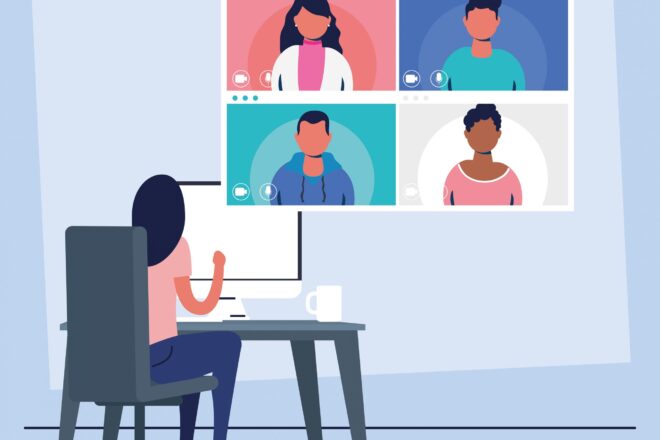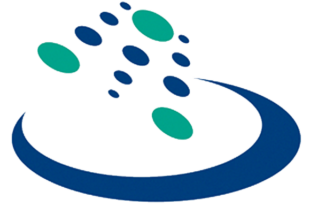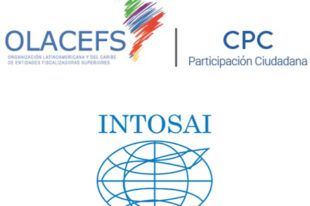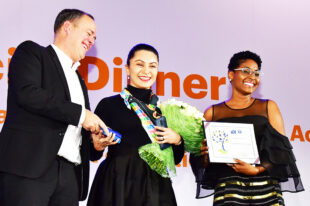Virtual Audit Workshops Facilitate Learning, Collaboration during the Pandemic

The pandemic has presented many challenges to audit offices but has also offered opportunities to create new and better methods to conduct audits, foster collaboration, and provide professional training.
by Loren Yager, GAO Center for Audit Excellence, and Hannah Maloney, USAID Office of the Inspector General
Among the many drastic changes wrought by the COVID-19 crisis has been the sudden shift to a virtual work environment. At the start of the pandemic, some audit offices had already made significant strides toward enabling remote work, while others conducted work primarily in-person, whether to build a collaborative work culture, ensure safe handling of sensitive documents, or due to limited information technology infrastructure or other reasons. The pandemic has presented many challenges to audit offices but has also offered opportunities—even to those that had a jump start on remote work—to create new and better methods to conduct audits, foster collaboration, and provide professional training.
During the pandemic, the United States Agency for International Development’s Office of Inspector General (USAID OIG)—which assesses the efficiency and effectiveness of agency programs and operations, and investigates allegations of fraud, waste, and abuse—developed a two-hour virtual workshop format to achieve its training and collaboration goals. This format, which has been enthusiastically embraced by participants, may be of interest to Supreme Audit Institutions (SAIs) seeking ways to enhance their resilience and ensure continuity of operations in a virtual work environment.
Early Input from Participants
USAID OIG took a series of steps that led to this successful approach. First, USAID OIG quickly sought out ways to work with the U.S. Government Accountability Office’s (GAO) Center for Audit Excellence (CAE) to translate its training activities from in-person methods to the virtual environment. Second, the organization leveraged its training activities to create opportunities for staff from across audit teams to collaborate. Third, it carefully incorporated participant feedback to make continuous improvements to its training.
It became clear early on that the full-day training that typically occurs when travel is involved was not the best model for virtual activities. Based on polling of participants in the early sessions, USAID OIG staff determined that two-hour virtual sessions provided sufficient time to delve into the subject matter, while not lasting so long that they disrupted schedules or overly taxed participants.
A second consistent comment in the early sessions was that participants greatly enjoyed collaborating and connecting with their colleagues in the small group exercises. Accordingly, workshop developers modified the format to place greater emphasis on group discussions and breakout room exercises. Developers also learned that the workshops must remain relatively small (10 to 12 participants) to enable each person to have a chance to actively participate.
The virtual workshops allow for different types of networking and collaboration, depending on the participants. Some workshops target new hires, providing them an opportunity to interact with others in their cohort even if they have never set foot in the office. Some workshops are geared toward more experienced staff at the same level, so they can work together to address common challenges. Other workshops are open to all participants, creating a kind of virtual “water cooler” where staff with different levels of experience can connect. And, unlike in-person training, the virtual format can bring together staff in multiple locations and even time zones, which may be especially important in times of crisis.
This model meets not only networking but also learning needs, as there is much evidence in the social science literature that learners retain knowledge more effectively through active recall than through passive reviewing or listening. The workshops encourage active recall both during the presentation and in the breakout rooms.
A Discussion-Rich Workshop Format
Over time, the format of the workshop has evolved into a standard template that includes multiple pedagogical techniques and allows ample time for discussion and interaction (see figure below). The first hour involves instructor-led presentations and discussion. In the second hour, participants are divided into breakout rooms, where they collaborate on an exercise that gives them the chance to apply what they learned in the first hour. The remainder of the time is dedicated to a briefing from each group and discussion of the results.

For example, in a recent series of workshops on evidence collection methods, the first few slides covered the audit conditions in which specific methods such as surveys, semi-structured interviews, and data collection instruments were the best fit. During the in-class discussion, participants explored the advantages and disadvantages of using the three methods in different real-life scenarios. For the remainder of the first hour, the instructor presented on key issues and steps in implementing each method.
The breakout room exercises differed based on the evidence collection method participants were asked to discuss:
- Surveys. Groups examined a summary of a proposed survey of advisory committee members and discussed questions about the expected difficulty of various steps, the suggested mode of administration, methods of pre-testing, and anticipated risks.
- Semi-structured interviews and data collection instruments. Groups discussed how to use these methods for specific types of oversight and learned how a rigorous planning process can deliver stronger audit findings.
Key Challenges
There are significant differences between these virtual workshops and typical in-person training sessions. One is that the time allotted for discussion (represented in green in the figure) represents more than 50 percent of the total duration, based on evidence that participants’ engagement with the material is more important than the amount of material covered in the slides.
This structure creates several key challenges for the developers and instructors of the workshops. Perhaps the most significant is the need to be relentless about limiting the amount of material covered in the slides. Otherwise, the breakout room exercises and group discussions will be rushed and less effective.
Another challenge is that it takes time and practice to create meaningful exercises that can be completed in the time available, yet still encourage groups to grapple with the complexities of the subject matter. The developers have found that pre-tests are essential to striking this balance in the exercises.
Finally, the instructors need to be adept at classroom management in the virtual environment, as there is no time to waste in this workshop format. The goal is for the technology to disappear into the background and allow participants to focus on the material and collaboration with colleagues.
Conclusion
The pandemic has caused serious disruptions to work environments, but effective organizations find ways to adapt and even improve in the face of a crisis. USAID OIG did exactly that by maintaining its commitment to training, collaborating with CAE, and listening to suggestions from staff. The result is a workshop format that will play a key role in the organization’s professional development even after the pandemic ends.
Note: The views expressed in this article do not necessarily reflect the views of USAID, USAID OIG, or the United States government.





